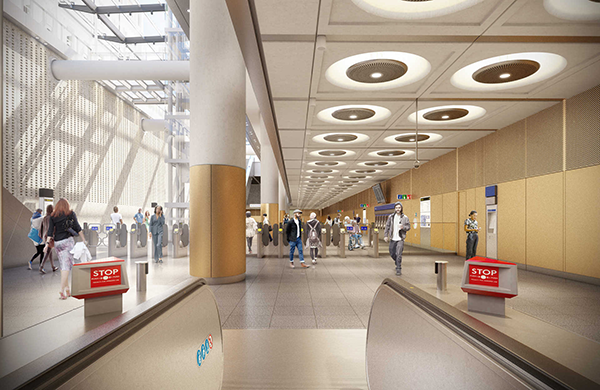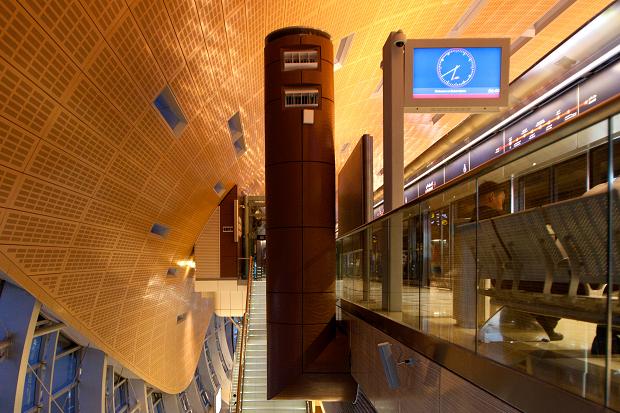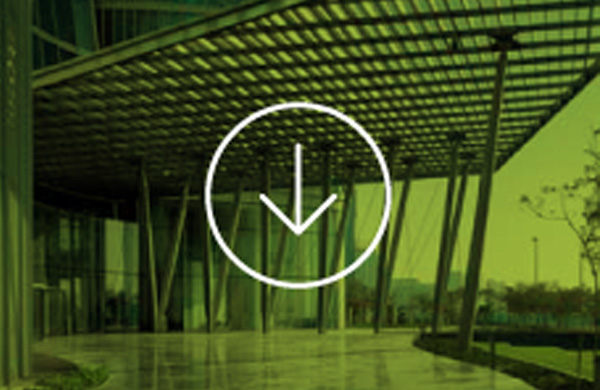Delmatic pioneered the concept of lighting control systems in 1959 – fifty-seven years ago. At that time we identified the benefits in efficiency and flexibility of using electronics to control lighting instead of conventional mains switches and wiring. It was from this pioneering idea that the concept of electronic lighting controls was born, and the innovative products and concepts Delmatic pioneered in those early days have developed into the multi-million pound lighting management industry we know today.

How have lighting controls changed?
Curiously enough, although the way in which lighting control systems operate has changed beyond recognition, the essential concepts of flexibility and efficiency have remained the same: indeed some of the features we take for granted as standard now were present in the very first lighting control systems.
The first major office project to be equipped with Delmatic’s innovative system was BP’s new headquarters, Britannic House, in the early 1960s. The 35-storey building itself made headlines as the first tower block to be built in post-war London and was described as a “genuine modern building with sophisticated services technology”.

Until this point lighting had always been controlled by mains switches which were inflexible, inefficient in energy-usage, and disruptive and costly to alter to suit changes in office arrangements. A high profile building such as Britannic House needed a completely new approach and the press of the day applauded Delmatic’s futuristic solution of “a wired remote control switching system which integrates local, master and automatic control of lighting to increase the effectiveness of lighting by up to 40%”.
“A wired remote control switching system which integrates local, master and automatic control of lighting to increase the effectiveness of lighting by up to 40%”.
The system at Britannic House introduced a number of features which are regarded today as standard aspects of any lighting control system yet, at the time, were totally revolutionary. These included fully flexible control with an individual relay controlling each luminaire, 24V switching allowing cross-phase and cross-circuit switching, interoperable local user control and central automatic control, daylight-linked switching of perimeter lighting and corridor hold-on, as well as central status indication of lighting on a master control panel.
The central control console at Britannic House contained an array of illuminated pushbuttons which lit up if any office or corridor light was lit on a floor – a major advance at the time but compare it with the software graphics of today which show the status of each lamp, and how long it has been on, and alerts when it fails.
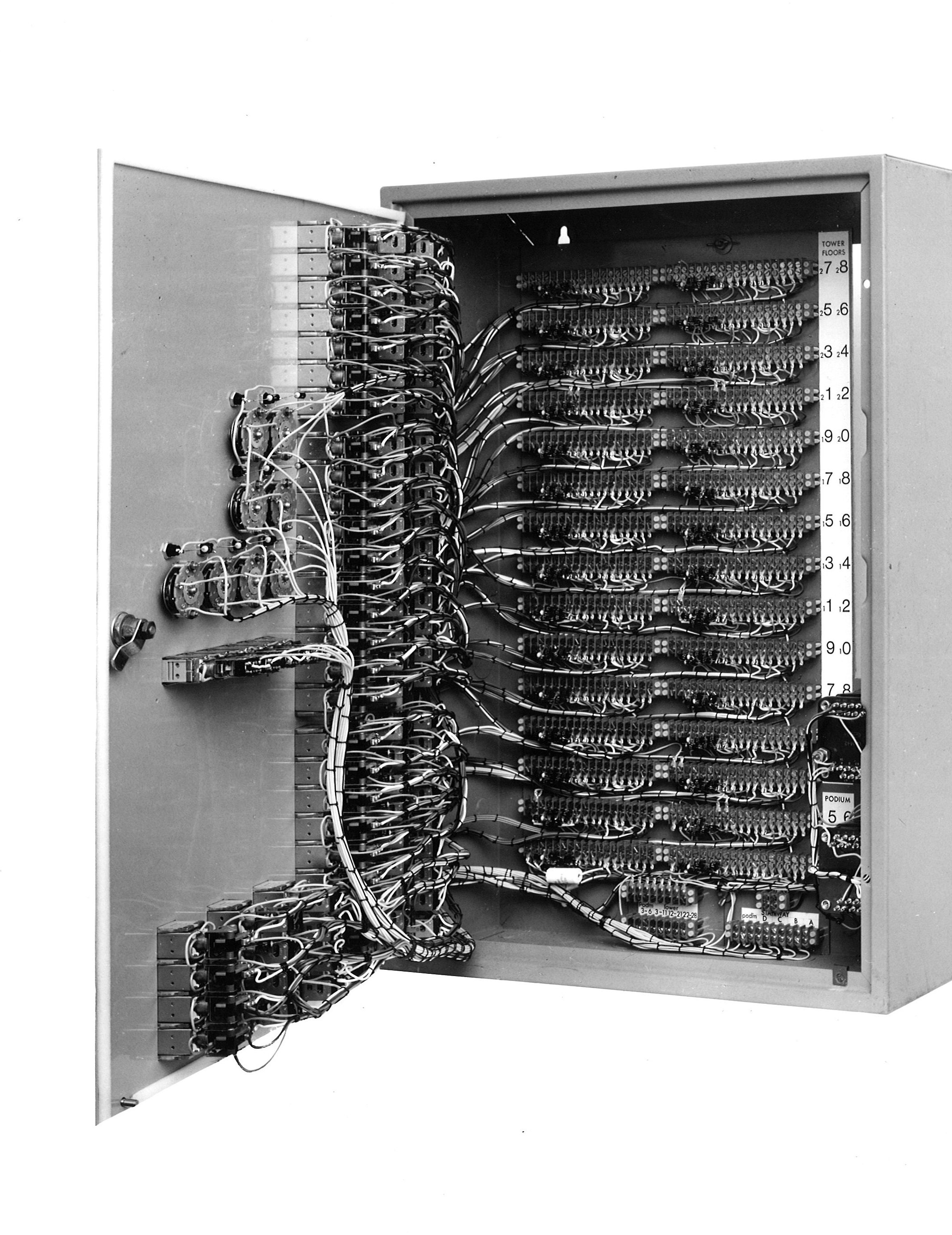
How has lighting control technology changed?
The 1960s lighting control module pictured above looks huge compared to today’s silicon-driven micro-circuitry and yet the concept of all equipment being unpluggable for ease maintenance and hardware upgrades has remained a standard features of all Delmatic hardware.

In the decades following our first lighting control system, Delmatic pioneered many new technologies and control innovations including plug-in lighting control modules (now known generically as LCMs), automated emergency monitoring and testing, and demand-response load-shedding. Technology changed from exclusively switching controls to analogue (1-10V) dimming, through DSI digital dimming to latest digital DALI-2 technology as well as POE and wireless and IOT controls.
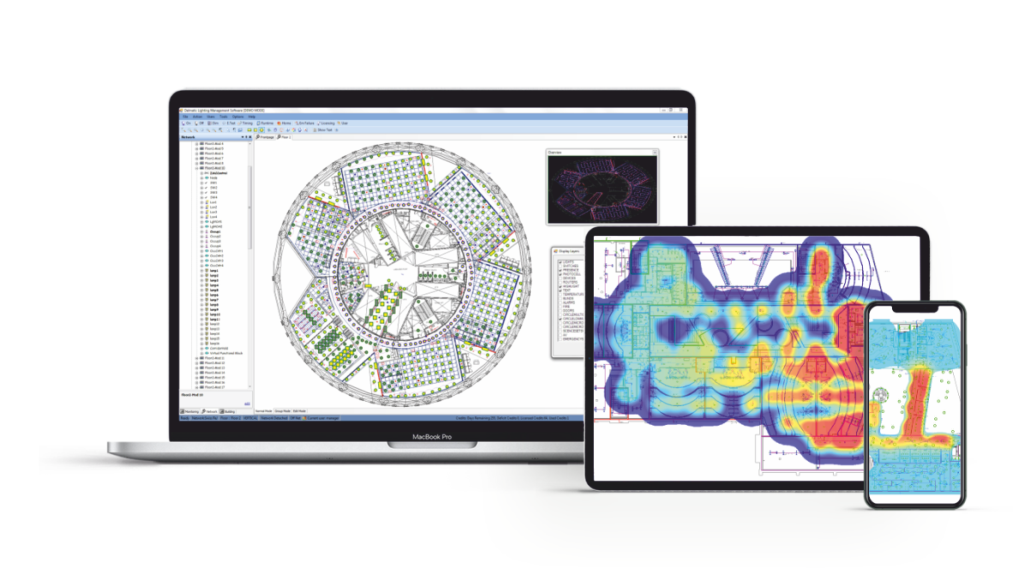
Delmatic continue to excel in the development of innovative control solutions. Our latest connected systems combine open protocols Lon, BACnet, MQTT and IP with DALI-2 technology, while continued focus on design and development creates integrated hardware and software at the cutting-edge of the electronics, lighting and the IT sectors.
PS. Apart from the birth of lighting controls, what else happened in 1959? Well, the first Mini went on sale, the first section of the M1 opened, Margaret Thatcher become an MP, and Ian Fleming’s “Goldfinger” was published.










